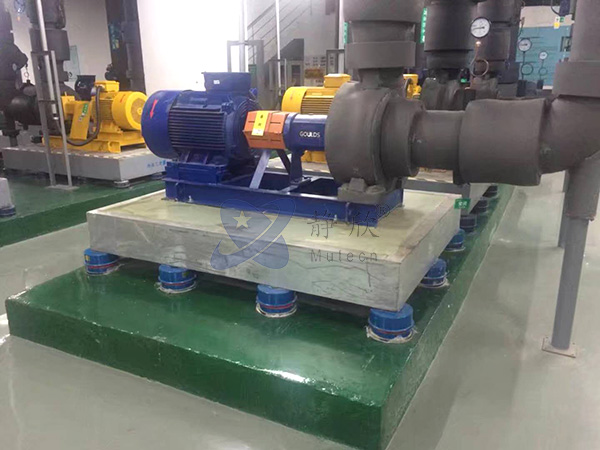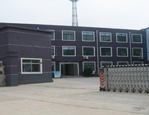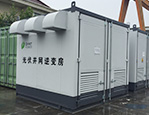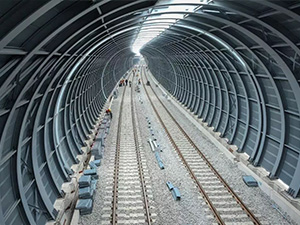A case study of low frequency vibration control
Publish date:2018-06-27 Views:1325

Engineering Introduction:
Low frequency noise can be transmitted through building structure, wall surface and ground, ground, air and so on. Sound of building structure refers to noise through the foundation structure of the building to transmit sound waves of low frequency vibration to the affected range through a beam, a load-bearing beam, a bearing column and so on. Low frequency noise attenuates slow, sound wave is long, can easily pass through obstacles, penetrate wall through wall into human ear, so low frequency noise is the most influential noise source of family noise at present.
Acoustic characteristics:
Low frequency noise is different from high frequency noise. High frequency noise can rapidly decay with distance or encounter obstacles, such as point sound source of high frequency noise, which can decrease 6 decibels per 10 meters distance. The low frequency noise decreases slowly, and the sound wave is longer. It can easily cross obstacles, long distance attacks and wall penetrating walls. Vibration, low frequency noise and general noise all share a common property, which is a kind of vibration wave and a way of energy transmission.
Solution:
Low frequency noise is mainly through vibration transmission of structure sound, vibration isolation and auxiliary sound absorption method can effectively reduce structural noise, thus reducing the low frequency components of noise, and will effectively reduce the impact of such noise on residential indoor.
1, shielding the noise first of the wall to vibration ", to deal with this high decibel low frequency noise, generally by increasing the thickness of the wall, using sound insulation materials or all the doors and windows encryption seal and other measures.
2. The damping structure with noise damping material can fix the noise on the structure and control the source of noise.











